Basic Tea Information & Brewing Times
TEA BASICS
Everything you need to know to begin your journey into the wonderful world of tea!
- The word tea comes from the Chinese local Amoy dialect word t’e (pronounced “tay”). In Cantonese it became ch’a (pronounced “chah”)
- Legend places the introduction of tea drinking to the reign of Emperor Shen Nung about 2737 BC. The first history book (and handbook) of tea was written in 780 AD, called The Ch’a Ching, by Lu Yu.
- The most widely consumed beverage in the world next to water, tea can be served hot or iced at any time and for any occasion. In the late 1700’s the United States protested high taxes and staged many protests (like the Boston Tea Party). This resulted in tea losing popularity in the US in favor of other beverages. It wasn’t until the 1980’s that tea began to regain more presence in the American market. The US consumes mostly black tea followed in popularity by green. Oolong and white teas are still relatively small in comparison, but sales of these two types of tea continue to grow every year.
- Black, Green, Oolong and White teas all come from the same plant Camellia sinensis. Differences among the four types of tea result from the various degrees of processing and the levels of oxidization. Black teas are oxidized the longest, while Oolong teas are oxidized for approximately half that time and Green and White teas are not oxidized at all. This oxidization results in natural chemical reactions that form distinguishing characteristics in aroma, taste and color. Green and White teas most closely resemble the look and chemical composition of the fresh tea leaf.
- Much of the world’s tea is grown around the equator region between the Tropic of Cancer and the Tropic of Capricorn. Leading tea-producing countries include China, India, Japan, Sri Lanka, Indonesia, Kenya, and Taiwan.
GENERAL TEA INFORMATION
BLACK TEA
 Black teas are fully oxidized leaves from the Camellia Sinensis plant and are the most popular type of tea consumed in America.
Black teas are fully oxidized leaves from the Camellia Sinensis plant and are the most popular type of tea consumed in America.
OOLONG TEA
 A quick definition is that Oolong teas are a compromise between black and green tea, being partially oxidized. The long definition though is that Oolong teas require great care and attention to achieve their unique and delicious taste. After the leaves are picked, sorted and cleaned, they begin a process that requires anywhere from ten to eighteen steps depending on the style of Oolong desired. Primarily the steps will include: primary withering, cooling, rattling (leaves are shaken, which begins the oxidation process), bruising (leaves are bruised by putting them in a tumbler), firing, and drying.
A quick definition is that Oolong teas are a compromise between black and green tea, being partially oxidized. The long definition though is that Oolong teas require great care and attention to achieve their unique and delicious taste. After the leaves are picked, sorted and cleaned, they begin a process that requires anywhere from ten to eighteen steps depending on the style of Oolong desired. Primarily the steps will include: primary withering, cooling, rattling (leaves are shaken, which begins the oxidation process), bruising (leaves are bruised by putting them in a tumbler), firing, and drying.
The leaves range from bright green to brownish in color and are usually larger in appearance than most black teas. Because of the leaf style Oolongs lend themselves to additional infusions and, until the leaves fully open, they may even yield more than six steepings. They produce a very aromatic beverage with an array of interesting flavors.
GREEN TEA
 Green teas are not subjected to the withering process. Instead, immediately after they are plucked, sorted and cleaned they are laid out on mats to begin the process of primary drying. This process involves reducing the water content of the tea leaf. Once the moisture content reaches the desired level the tea leaves move on to their individual processing phase. Green teas may be processed in a variety of different methods including sun drying, basket firing, pan firing, or oven drying, depending on the type of green tea desired and environmental factors. For instance, in some areas where the humidity is high sun drying is not an option for optimal green tea production.
Green teas are not subjected to the withering process. Instead, immediately after they are plucked, sorted and cleaned they are laid out on mats to begin the process of primary drying. This process involves reducing the water content of the tea leaf. Once the moisture content reaches the desired level the tea leaves move on to their individual processing phase. Green teas may be processed in a variety of different methods including sun drying, basket firing, pan firing, or oven drying, depending on the type of green tea desired and environmental factors. For instance, in some areas where the humidity is high sun drying is not an option for optimal green tea production.
WHITE TEA
 White tea originated in the Chinese province of Fujian during the Song Dynasty (960-1279). White teas, which are un-oxidized, are produced from the new buds of the Camellia Sinensis plant during the months of April and May. The delicate flavor is very dependent upon correct harvesting and processing. There are two different leaf styles, budset (which is plucked from the spring buds) and new style white (which is picked after the bud has opened).
White tea originated in the Chinese province of Fujian during the Song Dynasty (960-1279). White teas, which are un-oxidized, are produced from the new buds of the Camellia Sinensis plant during the months of April and May. The delicate flavor is very dependent upon correct harvesting and processing. There are two different leaf styles, budset (which is plucked from the spring buds) and new style white (which is picked after the bud has opened).
White Tea can only be hand-picked, and at 6,000 to 7,000 buds to the kilo of tea, these teas command high prices in the market. Since these leaves are destined to remain as whole leaf teas, not rolled or cut, their picking is done with extreme care to protect their quality and appearance. Once picked, these white teas are withered first in the shade outdoors and then indoors using cool air. The processing of budset teas ends here, but new style white teas are further processed by bake drying to ensure that the moisture content has been reduced in the leaf. There are many misnomers about white tea, the most important of which is the caffeine content. White tea, because of its’ long withering process and because it is harvested from the top leaves and bud of the tea plant, can actually be higher in caffeine than oxidized teas.

BREWING INFORMATION
We offer on our website detailed descriptions and brewing information for each tea and tisane that we offer.
Here’s some generic information to get you started
BLACK TEA
HOT TEA
Hot tea is best made by warming a teapot while fresh water is being boiled. Tea should be placed in the teapot allowing one teaspoonful for each person plus one extra teaspoonful to increase strength. As soon as the water has boiled it should immediately be poured onto the tea in the teapot, the tea stirred and the teapot lid replaced. To obtain the full flavor and strength the tea should remain in the teapot for three minutes for a small leaf or five minutes for a large leaf, before pouring into cups or glasses. Milk or lemon may then be added if desired.
ICED TEA
To make the perfect glass of iced tea put approximately ½ ounce (¼ cup) of loose tea into a small container. Pour boiling water over the tea to cover. Let steep 5 minutes, strain out leaves into a ½ gallon container and add cold water to fill. Stir and refrigerate. Pour the tea onto ice cubes in large glasses. Fresh lemon juice, mint or sugar can be added if desired. If your iced tea gets cloudy, add a few drops of boiling water to the brew.
REFRIGERATOR TEA
Place 1 oz of loose tea in a 1 gallon container. Fill with cold water, cap, and place in the refrigerator. Steep 6 hours or overnight. Strain out the tea leaves and pour over ice. Easy and delicious! (Return any unused iced tea to the refrigerator.)
SUN TEA
Place 1 oz of black tea in a 1 gallon glass container and fill with fresh cold water (preferably filtered). Cap your container and place in a sunny spot for 3 hours. Immediately strain out the tea leaves, refrigerate the tea, and try to consume in a day or so. Since bacteria can grow in some sun teas (due to the fact that the water does not boil) always make sure to use a glass container that has been thoroughly scrubbed clean.
OOLONG TEA
To best brew our selection of oolong teas, refer to each tea’s individual brewing instructions shown online. Generally though, to brew Oolong teas, use 1 teaspoon per 6oz cup. Oolong teas prefer cooler temperatures than black teas. The water should be between 190 – 195º instead of 212º. Steep for 2-5 minutes (depending on the type of oolong) for the finest flavor. Multiple infusions are possible for some Oolong teas.
GREEN TEA
Green teas are brewed similar to black and oolong teas except the water temperature should be between 160 – 185º instead of 212º to avoid a bitter taste in the brew. Steep green teas 1½ -3 minutes for the finest flavor (please refer to the individual brewing information located on each tea on our website). Green teas lend themselves to a second steeping, which is about 1/3 the normal time, since the leaves have already absorbed a certain amount of water.
Generally: Steep Japanese teas for 1 ½ to 2 minutes and Chinese and other green teas for 2-3 minutes.
WHITE TEA
Since white tea leaves are so much larger than black teas, we recommend using 2 teaspoons per cup. The water temperature, as with green and oolong teas, should be below boiling. We suggest a water temperature of roughly 175º instead of 212º to avoid a bitter taste in the brew. Steep white teas 2-5 minutes for the finest flavor. Please refer to the individual brewing information located on each tea on our website.
Some things to keep in mind when brewing your tea:
- The quality of your water is extremely important! If you have any reason to doubt the purity of your tap water, we suggest that you use spring water.
- When tea brews the leaves will double in size – so make sure that you are using an infuser or filter that will allow the water to circulate around the leaves.
- Green, white and oolong teas prefer cooler water temperatures. If you do not have a thermometer we recommend that you acquire one to ensure that your tea does not become bitter from a hotter temperature.
- Use our information above as a guideline but we encourage you to experiment to discover what suits your tastes best. “Perfect” is subjective….so if you like it….it’s perfect!
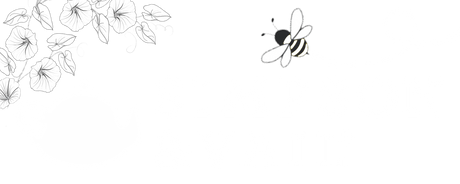

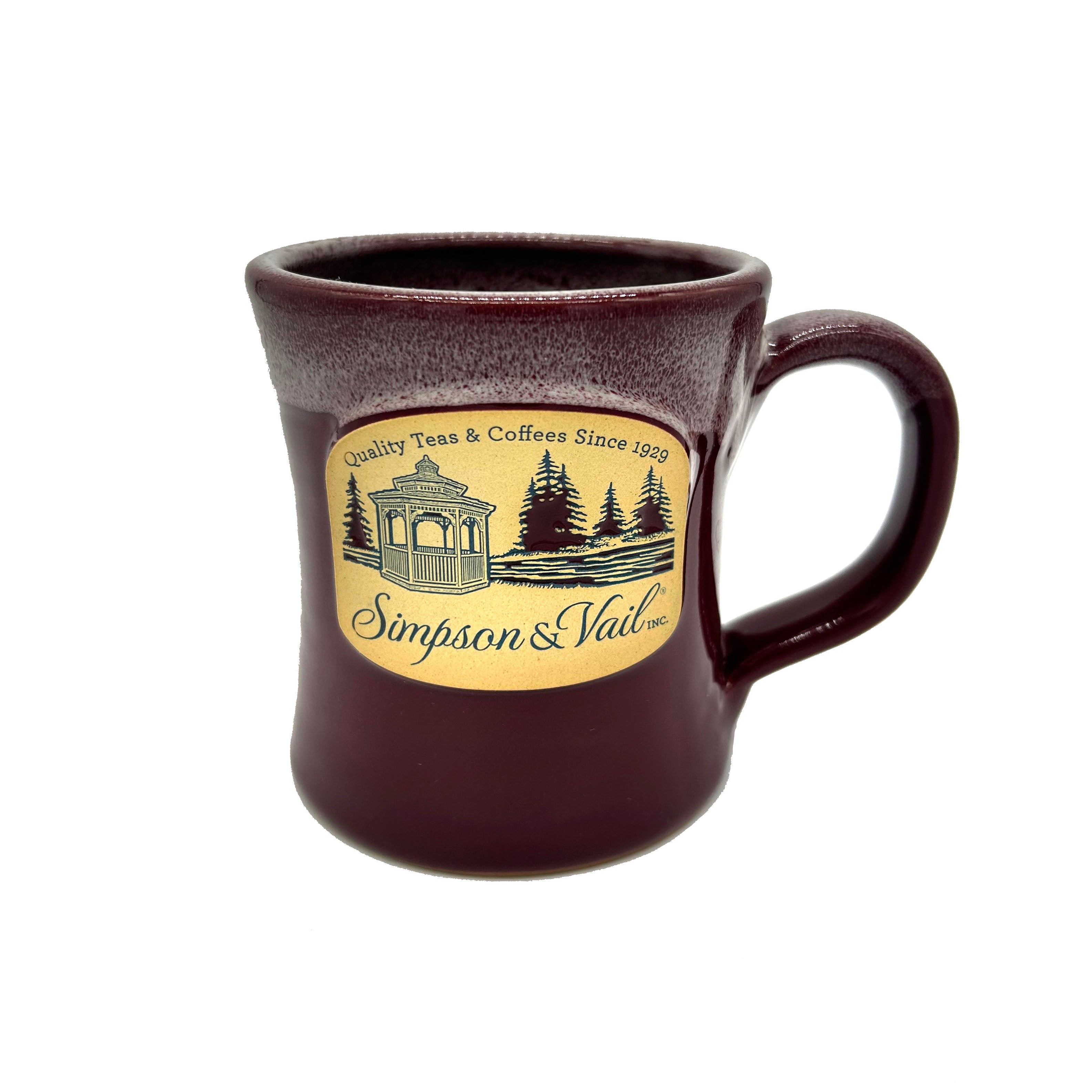
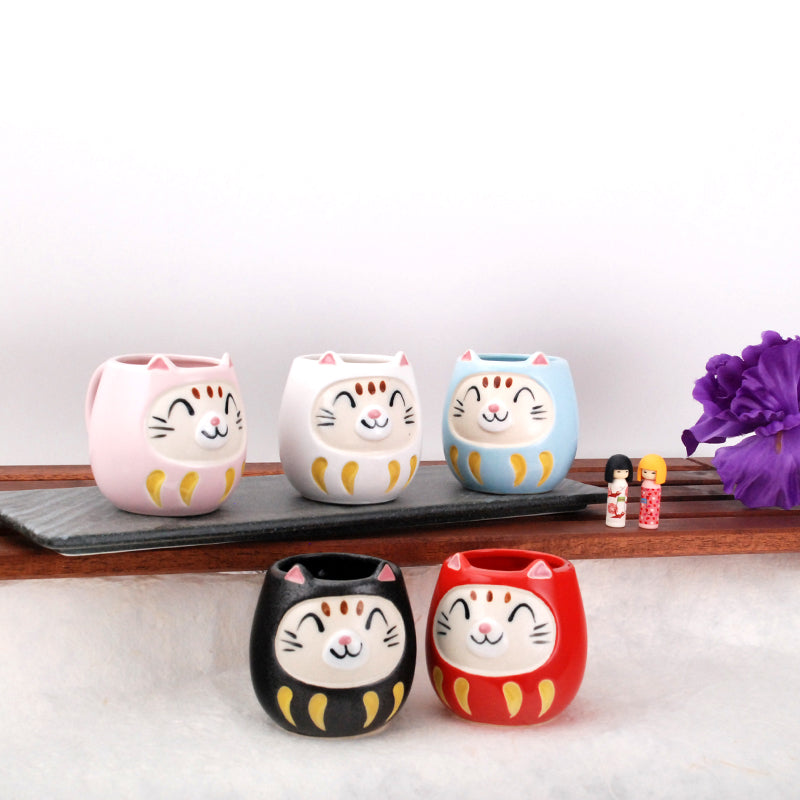

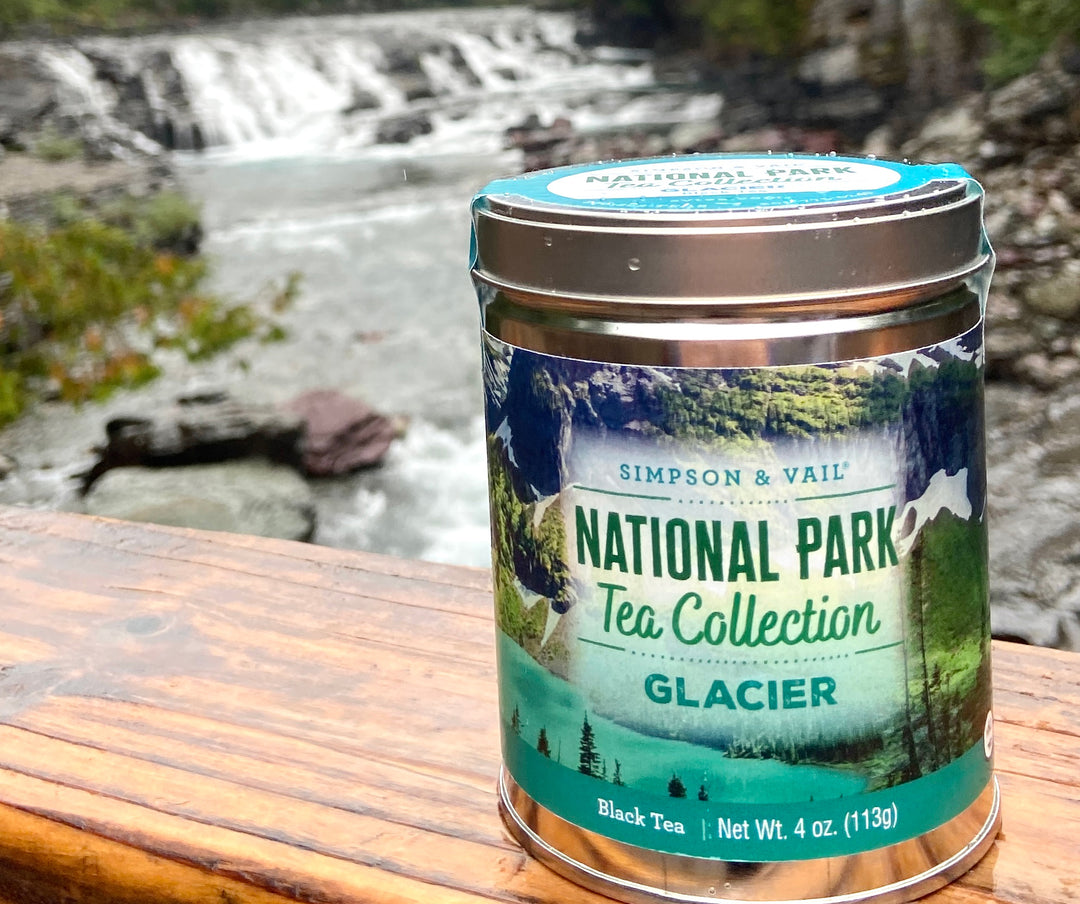

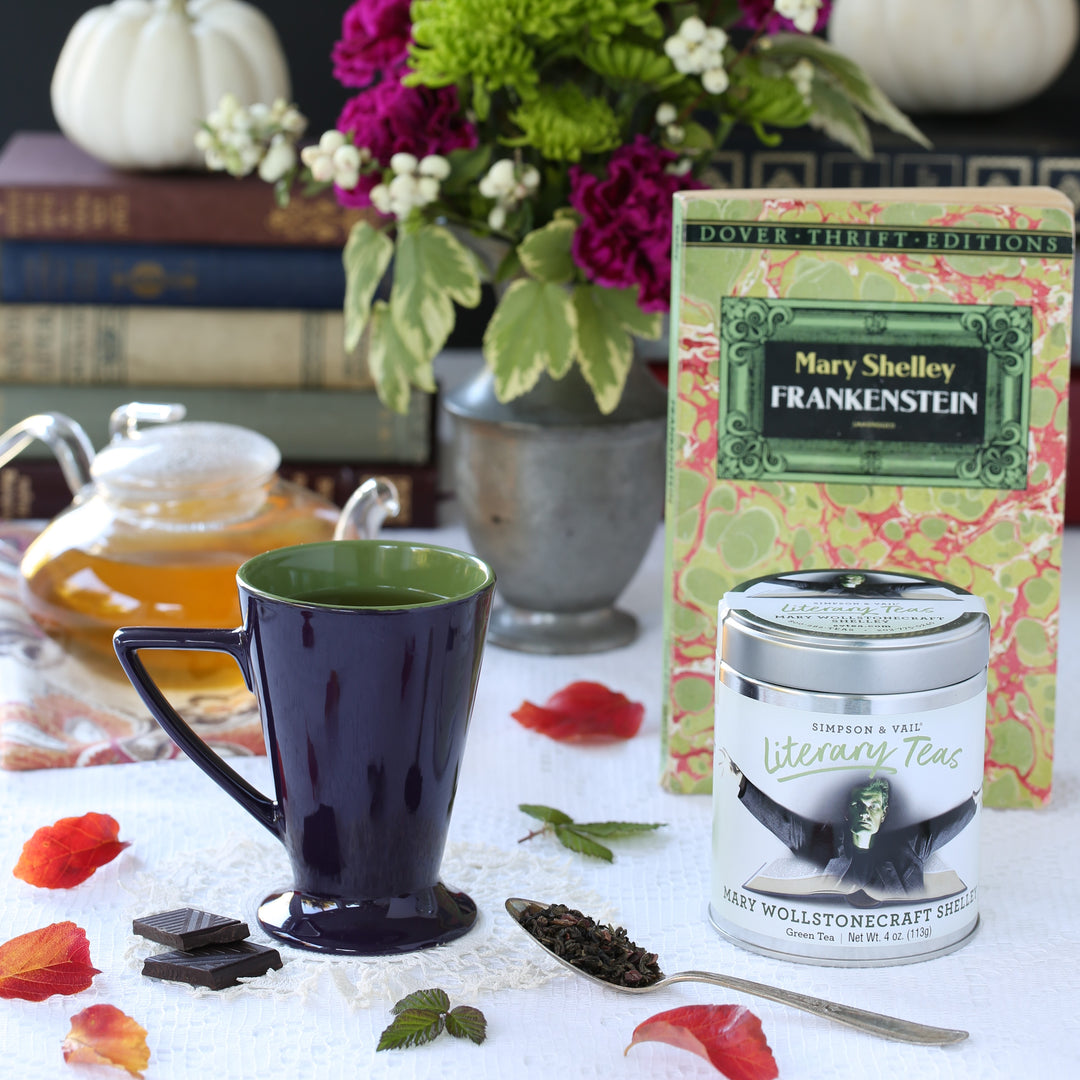
Leave a comment